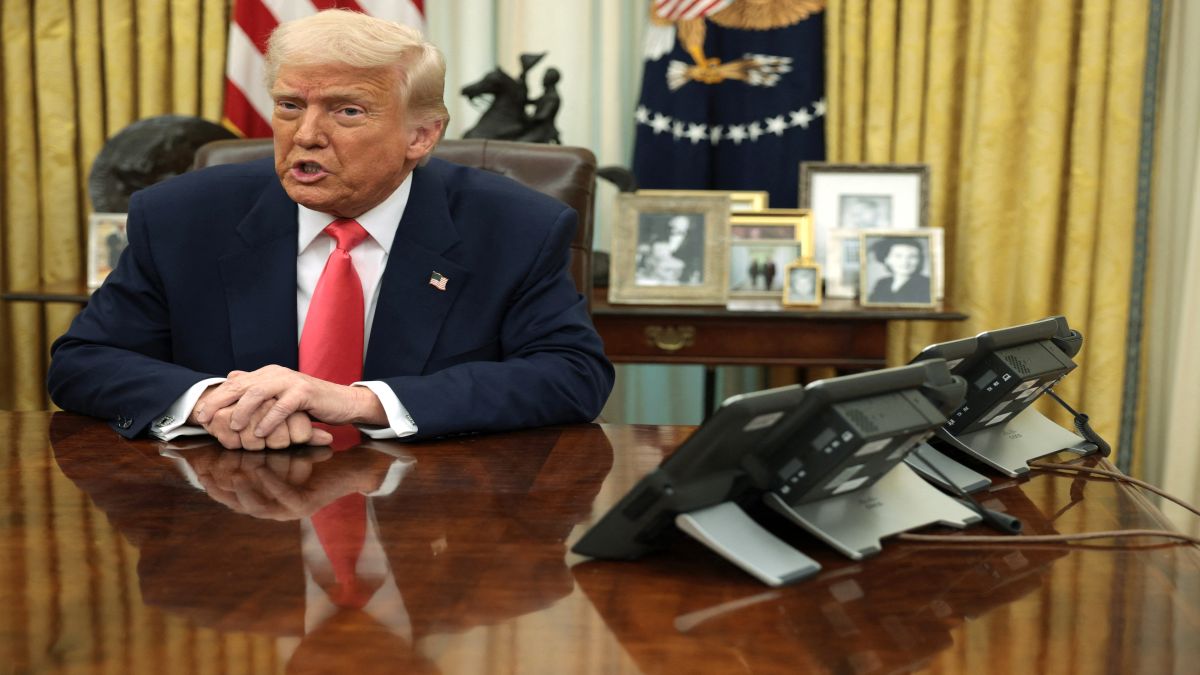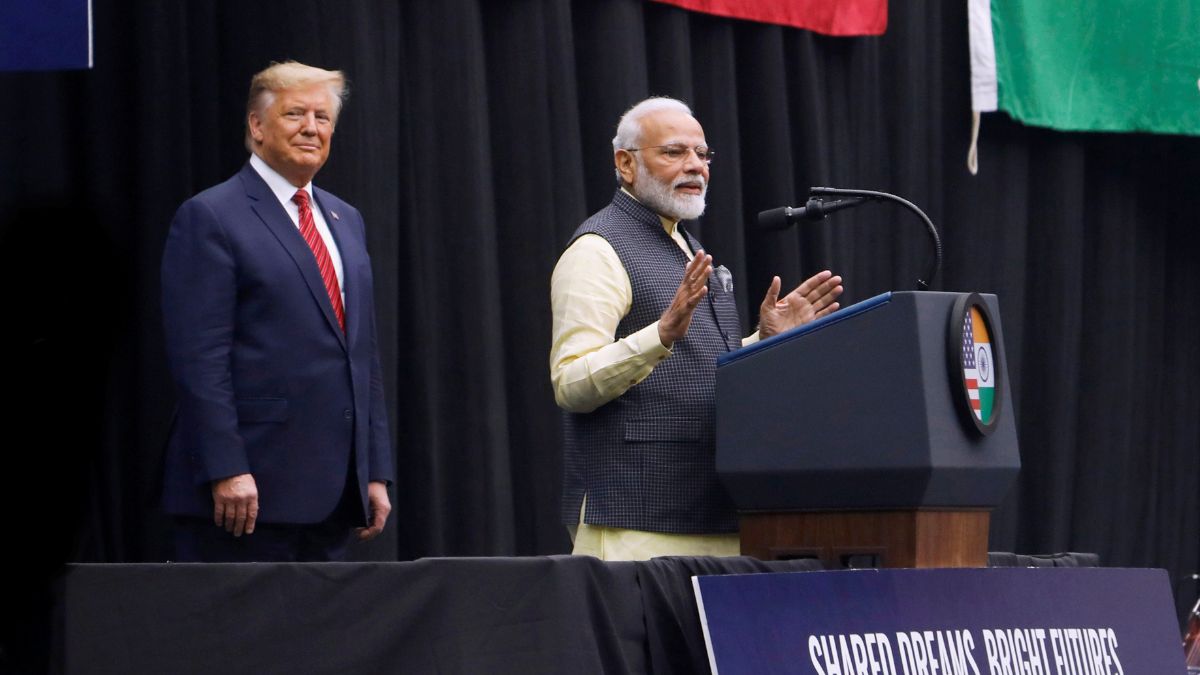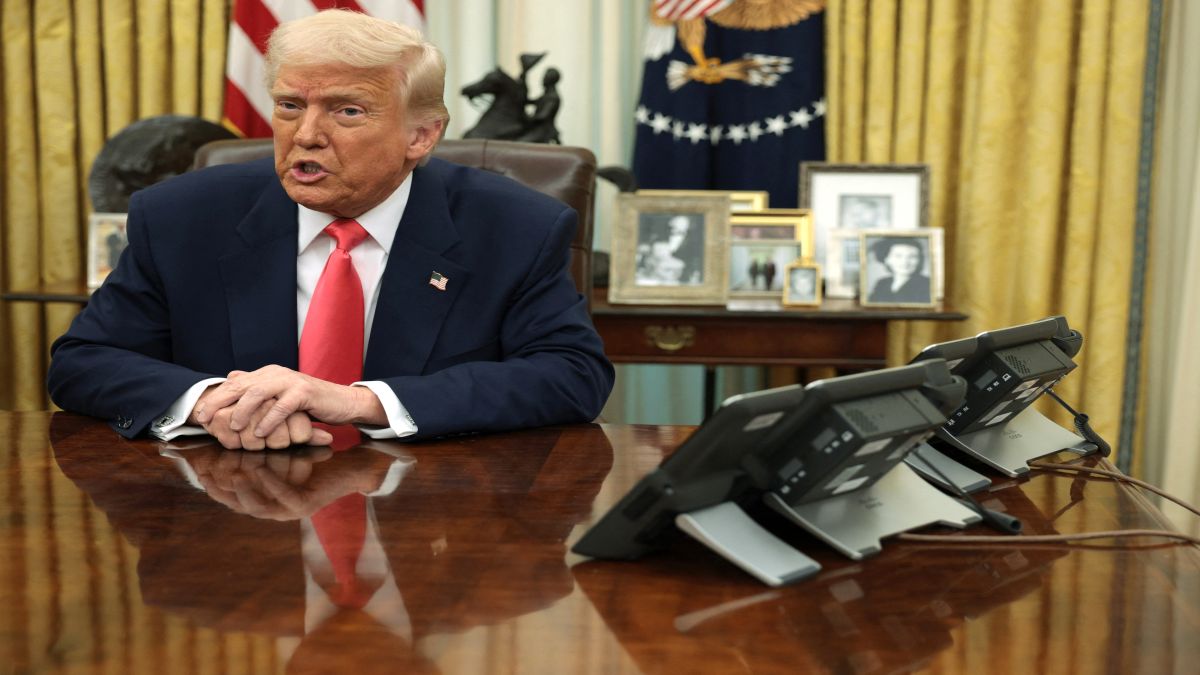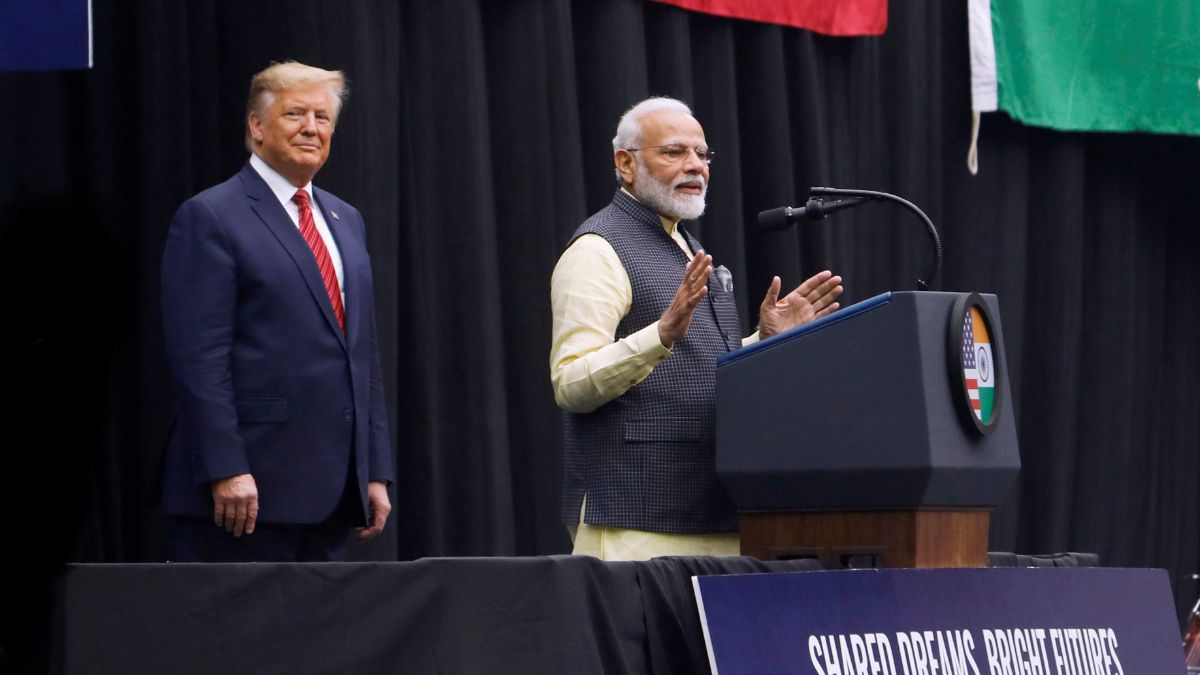When President Trump initially imposed tariffs on Chinese imports in 2018, firms that had previously relied on China scrambled to find alternative options.
The goal was to boost US manufacturing, reduce the trade imbalance, and penalise China for what Trump described as unfair trade practices.
Now in his second term, Trump has increased steel and aluminium import levies to 25%, imposed fresh 25% tariffs on imports from Canada and Mexico, and introduced a 10% duty on Chinese products.
On 24 March, he announced a 25% duty on vehicle imports, and with his new “reciprocal” tariff proposal set to be published on Wednesday, other nations are also expected to be targeted.
Following the 2018 tariffs, firms manufacturing goods in China initially expanded into Asian countries such as Vietnam, Indonesia, and India. However, the current uncertainty surrounding trade policy has made planning unpredictable, with the potential to reshape the global industrial landscape.
According to Robin Song, a China and Asia supply chain specialist at Kuehne+Nagel, a Swiss logistics company that advises clients on expanding their manufacturing operations, the 2018 trade war affected appliances such as refrigerators and washing machines, as well as mechanical and electrical components.
In an interview with the Los Angeles Times, he stated that these companies subsequently began establishing plants in Thailand and other parts of Southeast Asia.
He also noted that, since renewable energy was the next target, US tariffs on items such as solar panels prompted Chinese renewable energy businesses to expand their supply chains in Vietnam, Thailand, and Cambodia.
During the interview, Song stated that in the final months of President Biden’s administration, US officials imposed tariffs on goods from Southeast Asia, disrupting investment in the region and causing solar panel companies to suspend operations or consider shifting production elsewhere.
Song described the consequences of the ongoing trade war as a “catch me if you can” situation. Some companies are relocating manufacturing to countries that are not on the United States’ anti-dumping or countervailing duty lists.
While some businesses are moving operations to Indonesia, Saudi Arabia and the Middle East have also become attractive alternatives. Some companies have even considered Oman and Egypt.
China’s dominance in electric vehicles (EVs) led the United States to impose tariffs on Chinese EVs. According to Song, with Europe levying 10% to 30% tariffs on Chinese EVs, one alternative approach is for Chinese manufacturer BYD to establish a manufacturing plant in Hungary.
Song added that other Chinese EV manufacturers have pursued joint ventures or acquisitions, such as Chery acquiring a former Nissan facility in Spain and Geely entering into a joint partnership with French manufacturer Renault. These collaborations utilise existing manufacturing sites and assets to produce EVs under a new cooperative model.
However, the trend differs for EV batteries. Countries such as Indonesia and Morocco possess abundant natural resources, while Hungary offers political stability. This has resulted in significant battery investment in new facilities.
Although Vietnam has been a popular choice for industries seeking to expand beyond China, Song pointed out that the trade gap between the United States and Vietnam remains over $100 billion. Additionally, as China is Vietnam’s largest export market, Vietnam has a trade deficit with China, much like the US has with Vietnam.
Song further noted that the US is aware of the loophole allowing Chinese goods to enter the country. He suggested that Vietnam may only be able to satisfy US demands by developing its own independent supply network.
During the interview, Song revealed that some Taiwanese manufacturers are beginning to move production modules from mainland China to Vietnam as an experiment. If complications arise, they can simply halt operations and relocate again.
Song also observed, “I haven’t seen many big names investing in Vietnam, but they are pushing their upstream suppliers to invest instead. They say, ‘I’ll commit to this sales order to you, then you invest,’ which means everyone is currently leveraging their supply chain position—wholesalers, distributors, dealers—to push suppliers to move to Southeast Asia.”


)
)
)
)
)
)
)
)
)



